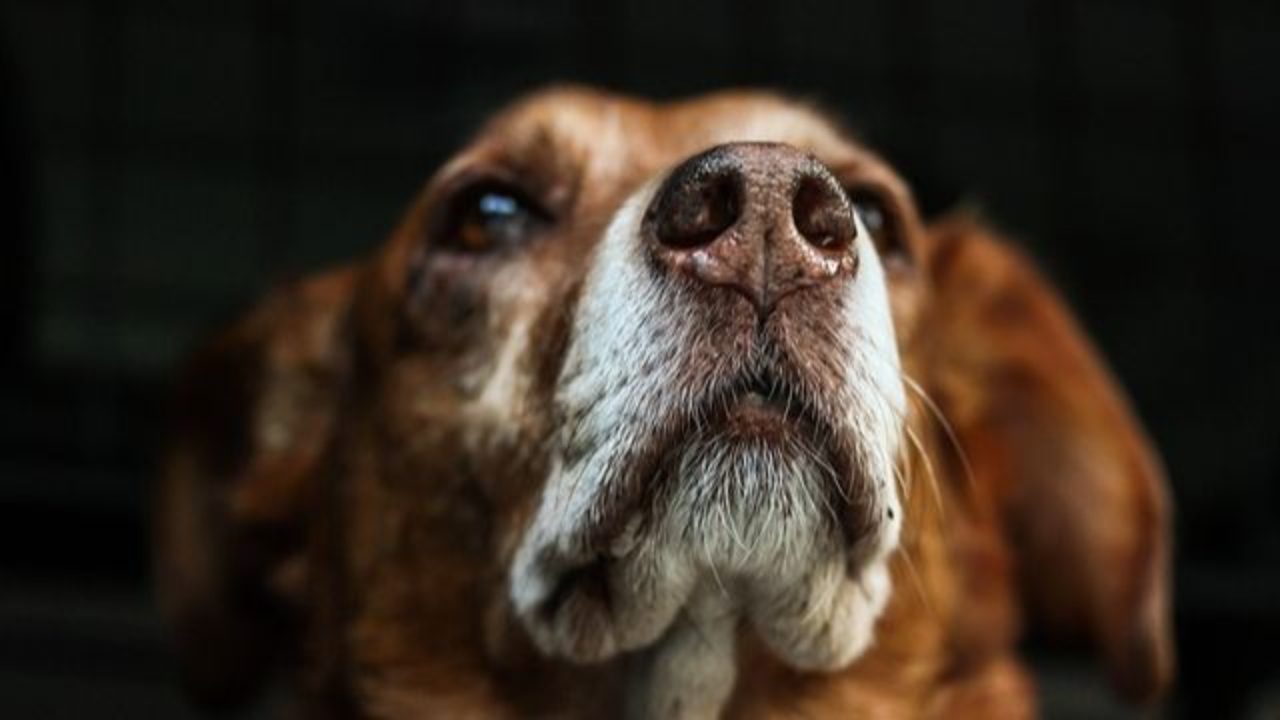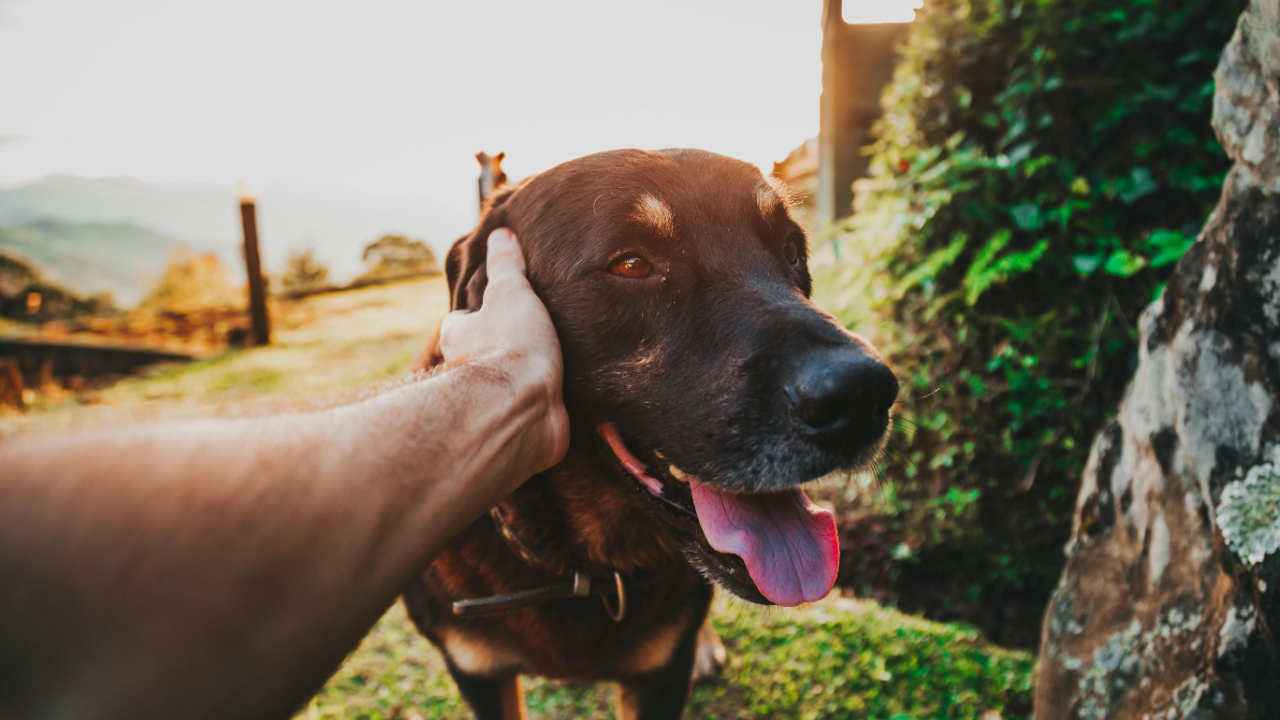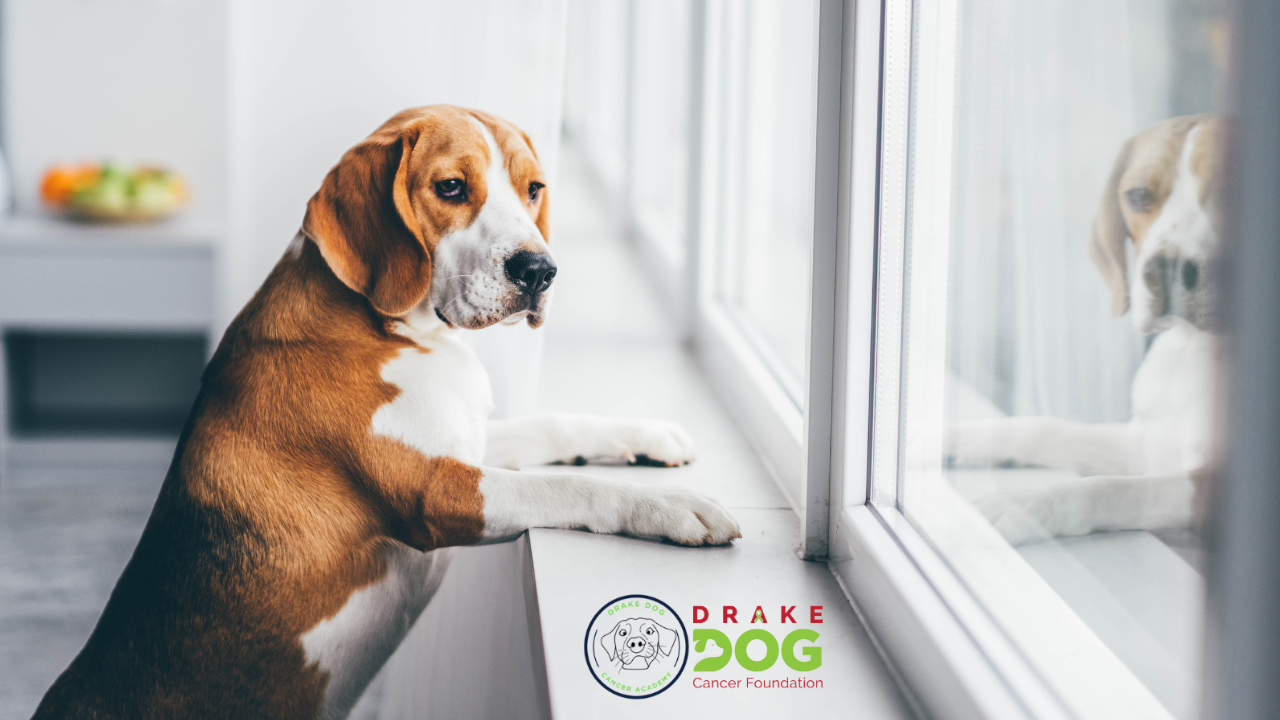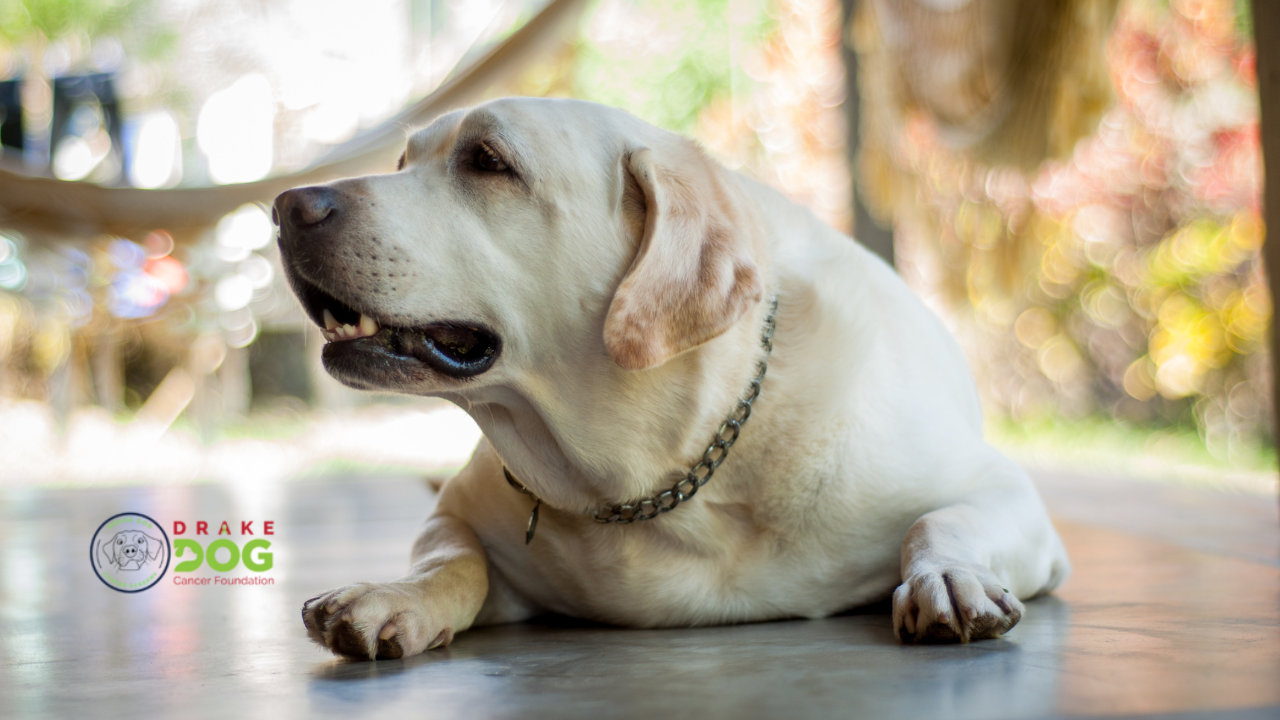What is Spay & Neuter Syndrome in Dogs?
Jul 18, 2025
As a dog owner, you want to make the best decisions for your pet's health and happiness. For years, veterinarians have recommended spaying and neutering dogs around 6 months of age.
While these procedures remain important for preventing unwanted puppies and certain health problems, recent research shows the timing might be more important than we once thought.
This guide will help you understand what science tells us about spaying and neutering, so you can work with your veterinarian to make the best choice for your individual dog.
What Happens When Your Dog Is Spayed or Neutered
When your female dog is spayed, the veterinarian removes her ovaries and usually her uterus. When your male dog is neutered, the vet removes his testicles. These organs make hormones—estrogen and progesterone in females, testosterone in males—that affect much more than just reproduction.
Think of hormones as chemical messengers that travel throughout your dog's body. They influence everything from bone growth to immune system function. When we remove the organs that make these hormones, especially when dogs are young, we're changing your dog's hormone levels for life.
Why Veterinarians Have Recommended Spaying and Neutering
For many years, early spaying and neutering (around 6 months old) has been the standard advice, and for good reasons:
Preventing Cancer
Spaying before the first heat cycle reduces mammary cancer risk to approximately 0.5%, compared to 26% risk after the second heat cycle (Cornell University College of Veterinary Medicine, 2024).
Spaying completely prevents ovarian and uterine cancers. Neutering prevents testicular cancer and reduces the risk of prostate problems (Merck Veterinary Manual, 2024).
Stopping Pet Overpopulation
Every year, millions of dogs enter shelters, and many are put to sleep because there aren't enough homes. Spaying and neutering remain our best tools for solving this problem.
Better Behavior
These procedures can reduce roaming, marking, aggression, and other hormone-driven behaviors that can make dogs harder to live with.
What New Research Shows Us
However, as scientists have learned more about how dogs' bodies work, they've found several areas where removing hormones too early might cause problems:
Bone and Joint Development
Sex hormones play crucial roles in determining when growth plates close. Dogs spayed or neutered before their growth plates close may grow taller than intended and develop different joint angles.
Studies show that neutering before 6 months of age increases the risk of cranial cruciate ligament disease by 2-5 times in Golden Retrievers and doubles the risk of hip dysplasia in large breeds (Hart et al., 2020; de la Riva et al., 2013).
Certain Cancer Risks
While spaying and neutering prevent some cancers, they may increase the risk of others. Large-scale studies have shown 2-4 times higher rates of osteosarcoma (bone cancer), hemangiosarcoma (blood vessel cancer), and lymphoma in spayed and neutered dogs, particularly those altered at young ages (Hart et al., 2020; Belanger et al., 2017).
The risk varies significantly by breed, with some breeds showing greater vulnerability than others (American Kennel Club Canine Health Foundation, 2024).
Immune System Effects
Sex hormones influence immune function throughout the body. Some research suggests that early removal of these hormones might affect how well dogs fight off certain diseases or respond to vaccines, though this relationship requires further study (Owers & Baines, 2019).
Metabolism Changes
Many spayed and neutered dogs gain weight more easily, which can lead to obesity and related health problems like diabetes.
Urinary Issues
Spayed females have significantly higher rates of urinary incontinence, affecting 3-20% of spayed female dogs, particularly larger breeds spayed at young ages (Veterinary Cancer Society, 2024; Byron et al., 2017).
This condition, known as urethral sphincter mechanism incompetence, is most common in dogs weighing over 20 kg (VCA Animal Hospitals, 2024).
Your Dog Is an Individual
Here's the important part: there's no one-size-fits-all answer. The research shows significant breed and individual differences in risk.
The decision should consider:
Important Note
While these studies provide valuable insights, most are observational and show correlations rather than definitive cause-and-effect relationships.
The American Kennel Club Canine Health Foundation notes that "exposure to reproductive hormones is likely just one of several factors that contribute to the development of orthopedic disease and cancer" (American Kennel Club Canine Health Foundation, 2024).
Breed and Size
Large and giant breeds may benefit from waiting until they're more mature before spaying or neutering.
Recent research examining 41 dog breeds found that the optimal timing varies significantly by breed and sex, with some breeds showing no increased risk regardless of timing, while others benefit substantially from delayed procedures (American Veterinary Medical College of Surgeons, 2024).
Small breeds often show minimal to no increased risks from early spaying or neutering (Hart et al., 2020).
Your Dog's Health
A dog with a family history of certain cancers might benefit from a different approach than one without such risks.
Your Lifestyle
Your ability to manage an intact dog and prevent unwanted breeding must be considered.
Your Living Situation
Do you have multiple dogs? Do you live near other intact dogs? These factors matter.
When You're Worried: "Did I Cause My Dog's Cancer?"
If your dog develops cancer, you might wonder if the timing of spaying or neutering played a role. It's natural to search for answers when facing such a difficult situation.
Remember this: cancer almost always results from multiple factors working together—genetics, environment, age, immune function, and yes, sometimes hormonal influences. While spaying and neutering timing might influence certain cancer risks, it's just one piece of a complex puzzle.
You made the best decision you could with the information available at the time. Most importantly, focus your energy on what you can control now: providing the best possible care and treatment for your dog.
Alternative Options Your Vet Might Discuss
As awareness of these issues has grown, some veterinarians now offer different approaches:
Delayed Spay/Neuter
Waiting until dogs reach skeletal maturity (12-24 months depending on breed) before surgery.
Ovary-Sparing Spay
Removing only the uterus while leaving the ovaries, allowing hormone production to continue while preventing pregnancy.
Chemical Sterilization
Temporary suppression of hormone production using implants, allowing for reversible sterilization.
Managing Intact Dogs
Some owners choose to keep dogs intact while managing them carefully to prevent breeding.
Each approach has pros and cons that should be discussed with a veterinarian familiar with the latest research.
Having the Conversation with Your Veterinarian
When discussing spaying or neutering with your vet:
- Come Prepared: Research your dog's breed and any known health issues in their family line.
- Ask Questions: What are the specific risks and benefits for your dog's breed, age, and size?
- Discuss Timing: If early spaying/neutering carries risks for your dog, what are the alternatives?
- Consider Your Situation: Be honest about your ability to manage an intact dog responsibly.
- Think Long-term: Focus on your dog's overall health throughout their lifetime.
Prevention Is About More Than One Decision
Understanding the relationship between hormones and cancer helps put spaying and neutering into perspective. Sex hormones can both promote and protect against different types of cancer.
Recent systematic reviews have noted that while early studies suggested strong protective effects of spaying against mammary cancer, the evidence quality has been questioned, and the relationship is more complex than originally thought (Beauvais et al., 2012; Johnson et al., 2022).
Hormones are part of a complex system that includes genetics, immune function, environmental exposures, and age.
Cancer prevention isn't just about one medical procedure—it's about creating the best possible environment for long-term health through multiple approaches:
- Good Nutrition: Feed a high-quality diet appropriate for your dog's age and activity level.
- Regular Exercise: Keep your dog at a healthy weight and physically active.
- Routine Veterinary Care: Stay up-to-date on checkups, vaccinations, and preventive care.
- Environmental Factors: Minimize exposure to toxins, secondhand smoke, and other cancer-causing substances.
Questions to Ask Your Veterinarian
- What are the specific risks for my dog's breed and size?
- Should we wait beyond 6 months, and if so, how long?
- What are the signs of the health problems we're trying to prevent?
- How will we manage my dog if they stay intact longer?
- What's your experience with delayed spaying/neutering?
Making Peace with Your Decision
Whether you're making this decision for a new puppy or wondering about past choices, remember that there's no perfect answer. Every option involves trade-offs. The goal is to make an informed decision based on your individual dog and circumstances.
If you've already spayed or neutered your dog and are worried about the timing, focus on what you can do now: provide excellent nutrition, maintain a healthy weight, exercise regularly, and keep up with veterinary care. These factors have a significant impact on your dog's health and cancer risk.
Make an Informed Choice
The conversation around spaying and neutering has become more nuanced as our understanding has grown. This isn't about right or wrong decisions—it's about making informed choices based on your individual dog and the best available science.
Work with your veterinarian to consider your dog's breed, size, health history, and your family's circumstances. Stay informed about new research, but don't let it create anxiety about past decisions.
Most importantly, remember that you're a loving, responsible dog owner who wants the best for your pet. That love and commitment matter more than any single medical decision.
Key Takeaways
- Spaying and neutering timing affects different breeds differently
- Small breeds generally have fewer risks from early procedures
- Large breeds may benefit from waiting until they're more mature
- The decision should be individual, based on your dog and circumstances
- Multiple factors influence cancer risk, not just spay/neuter timing
- Focus on overall health throughout your dog's life
- Work with your veterinarian to make the best decision for your dog
References
American Kennel Club Canine Health Foundation. (2024). An update on the health effects of spay/neuter in dogs. https://www.akcchf.org/educational-resources/library/articles/an-update-on-the-health.html
American Kennel Club Canine Health Foundation. (2025). Health implications in early spay and neuter in dogs. https://www.akcchf.org/news-events/news/health-implications-in-early.html
American Veterinary Medical College of Surgeons. (2024). Spay-neuter timeline study updates guidelines for 41 popular dog breeds. American Kennel Club. https://www.akc.org/expert-advice/news/study-updates-spay-neuter-guidelines/
Beauvais, W., Cardwell, J. M., & Brodbelt, D. C. (2012). The effect of neutering on the risk of mammary tumours in bitches—a systematic review. Journal of Small Animal Practice, 53(6), 314-322. https://pubmed.ncbi.nlm.nih.gov/22647210/
Belanger, J. M., Bellumori, T. P., Bannasch, D. L., Famula, T. R., & Oberbauer, A. M. (2017). Correlation of neuter status and expression of heritable disorders. Canine Genetics and Epidemiology, 4(1), 6. https://www.ncbi.nlm.nih.gov/pmc/articles/PMC6863800/
Byron, J. K., Taylor, K. H., Phillips, G. S., & Stahl, M. S. (2017). Urethral sphincter mechanism incompetence in 163 neutered female dogs: Diagnosis, treatment, and relationship of weight and age at neuter to development of disease. Journal of Veterinary Internal Medicine, 31(2), 442-448. https://www.ncbi.nlm.nih.gov/pmc/articles/PMC5354041/
Canine Arthritis Resources and Education. (2024). Effects of spay/neuter on orthopedic disease and cancer in dogs. https://caninearthritis.org/article/spay-neuter-orthopedic-disease-cancer/
Cornell University College of Veterinary Medicine. (2024). Mammary cancer. https://www.vet.cornell.edu/departments-centers-and-institutes/riney-canine-health-center/canine-health-information/mammary-cancer
da Silva, E. M. G., Dos Santos, T. R., & Silva, M. J. B. (2023). Identifying the risk factors for malignant mammary tumors in dogs: A retrospective study. Veterinary Sciences, 10(10), 607. https://www.ncbi.nlm.nih.gov/pmc/articles/PMC10610602/
de la Riva, G. T., Hart, B. L., Farver, T. B., Oberbauer, A. M., Messam, L. L. M., Willits, N., & Hart, L. A. (2013). Neutering dogs: Effects on joint disorders and cancers in Golden Retrievers. PLOS ONE, 8(2), e55937. https://www.ncbi.nlm.nih.gov/pmc/articles/PMC3572183/
DVM360. (2020). Study gauges best canine sterilization ages by breed and gender. https://www.dvm360.com/view/study-gauges-best-canine-sterilization-ages-by-breed-and-gender
DVM360. (2021). Canine urinary incontinence. https://www.dvm360.com/view/canine-urinary-incontinence
Falceto, M. V., Caccamo, R., Garrido, A. M., Pisu, M. C., Tejedor, M. T., Trerotoli, P., Nicoli, S., Zagarella, P., Lippi, I., García-Pedraza, E., Rambaldi, J., Kirilova, D., & Mitjana, O. (2024). An international survey on canine urinary incontinence: Case frequency, diagnosis, treatment and follow-up. Frontiers in Veterinary Science, 11, 1360288. https://www.frontiersin.org/journals/veterinary-science/articles/10.3389/fvets.2024.1360288/full
Forsee, K. M., Davis, G. J., Mouat, E. E., Salmeri, K. R., & Bastian, R. P. (2013). Evaluation of the prevalence of urinary incontinence in spayed female dogs: 566 cases (2003–2008). Journal of the American Veterinary Medical Association, 242(7), 959-962.
Hart, B. L., Hart, L. A., Thigpen, A. P., & Willits, N. H. (2020). Assisting decision-making on age of neutering for 35 breeds of dogs: Associated joint disorders, cancers, and urinary incontinence. Frontiers in Veterinary Science, 7, 388. https://www.frontiersin.org/articles/10.3389/fvets.2020.00388/full
Hart, L. A., Thigpen, A. P., Hart, B. L., Willits, N. H., Lee, M., Babchuk, M. M., Lee, J., Ho, M., Clarkson, S. T., & Chou, J. W. (2024). Assisting decision-making on age of neutering for German Short/Wirehaired Pointer, Mastiff, Newfoundland, Rhodesian Ridgeback, Siberian Husky: Associated joint disorders, cancers, and urinary incontinence. Frontiers in Veterinary Science, 10, 1302372. https://www.frontiersin.org/journals/veterinary-science/articles/10.3389/fvets.2023.1302372/full
Johnson, L. M., Mecham, J., Nelson, A., Prouty, S. M., Stewart, J., & Budke, C. M. (2022). Systematic review: Does pre-pubertal spaying reduce the risk of canine mammary tumours? Animals, 15(3), 436. https://www.ncbi.nlm.nih.gov/pmc/articles/PMC11815721/
Merck Veterinary Manual. (2024). Reducing the risk of cancer - Special pet topics. https://www.merckvetmanual.com/special-pet-topics/cancer-and-tumors/reducing-the-risk-of-cancer
Owers, R., & Baines, S. J. (2019). A review of the impact of neuter status on expression of inherited conditions in dogs. Frontiers in Veterinary Science, 6, 397. https://www.frontiersin.org/journals/veterinary-science/articles/10.3389/fvets.2019.00397/full
Peterson, M. E., Auger, A., Goetz, M., Vasilatis, D. M., Smith, L. J., & Mehl, M. L. (2021). Prevalence of reproductive disorders including mammary tumors and associated mortality in female dogs. Animals, 11(9), 2749. https://www.ncbi.nlm.nih.gov/pmc/articles/PMC8471467/
Schneider, R., Dorn, C. R., & Taylor, D. O. (1969). Factors influencing canine mammary cancer development and postsurgical survival. Journal of the National Cancer Institute, 43(6), 1249-1261. https://pubmed.ncbi.nlm.nih.gov/169716/
Sorenmo, K. U., Shofer, F. S., & Goldschmidt, M. H. (2000). Effect of spaying and timing of spaying on survival of dogs with mammary carcinoma. Journal of Veterinary Internal Medicine, 14(3), 266-270. https://pubmed.ncbi.nlm.nih.gov/10830539/
VCA Animal Hospitals. (2024). Urinary incontinence (urethral incontinence) in dogs. https://vcahospitals.com/know-your-pet/urethral-incontinence-in-dogs
Veterinary Cancer Society. (2024). ACVIM consensus statement on diagnosis and management of urinary incontinence in dogs. Journal of Veterinary Internal Medicine, 38(2), 617-644. https://www.ncbi.nlm.nih.gov/pmc/articles/PMC10937496/
Veterinary Partner - VIN. (2024). Effects of spay and neuter timing on cancer in dogs. https://veterinarypartner.vin.com/default.aspx?pid=19239&catId=102898&id=10002077
Become a Dog Cancer Coach.
Transform your passion for dogs into a meaningful, heart-led career with our Holistic Dog Cancer Coach Certification—an in-depth, flexible online program designed for compassionate caregivers ready to make a difference.
Stay connected with news and updates!
Join our mailing list to receive the latest news and updates from our team.
Don't worry, your information will not be shared.
We hate SPAM. We will never sell your information, for any reason.





